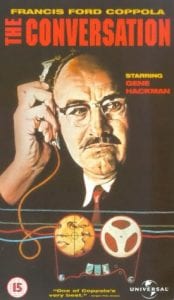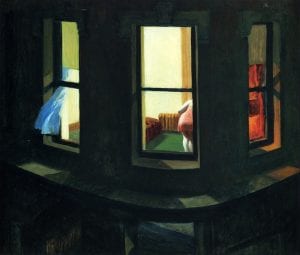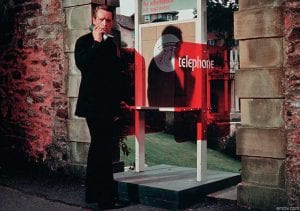
Video-based English class on taking action and not being a passive bystander
I was recently teaching a variation on the Toxic Masculinity class I posted here, including some work on the Gillette “Best Men Can Be” advert, inspired by this great lesson plan by Kieran Donaghy. Having had to split the lesson over two separate classes, I was looking for a short video I could use as a warm-up / engage activity to kick things off on the second week. Semi-spontaneously, I decided to show my students – in this case, B2/C1-level adults – this short Australian public service announcement made by the State Government of Victoria, Australia. Continue reading







 Edward Hopper, Night Windows, 1928.
Edward Hopper, Night Windows, 1928.